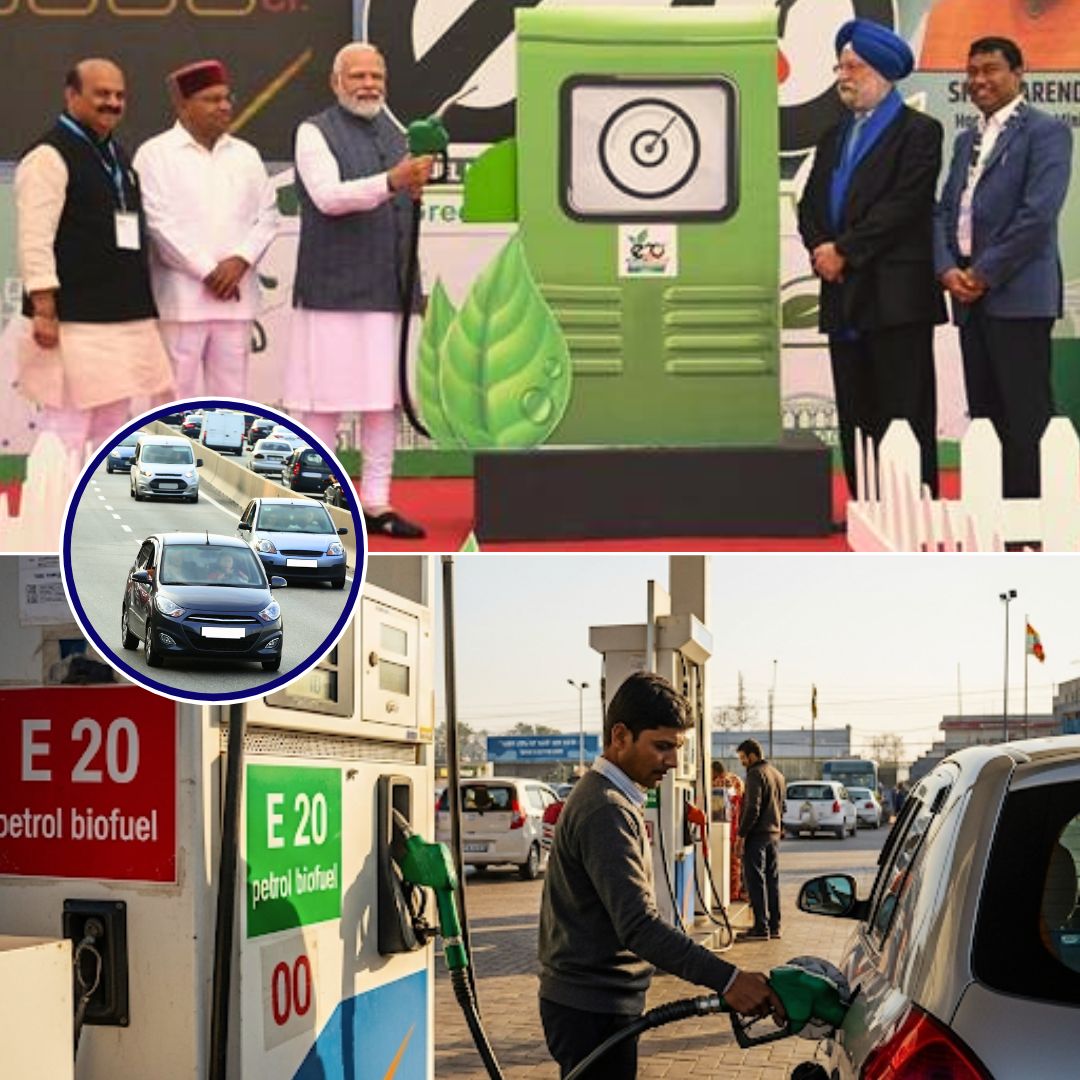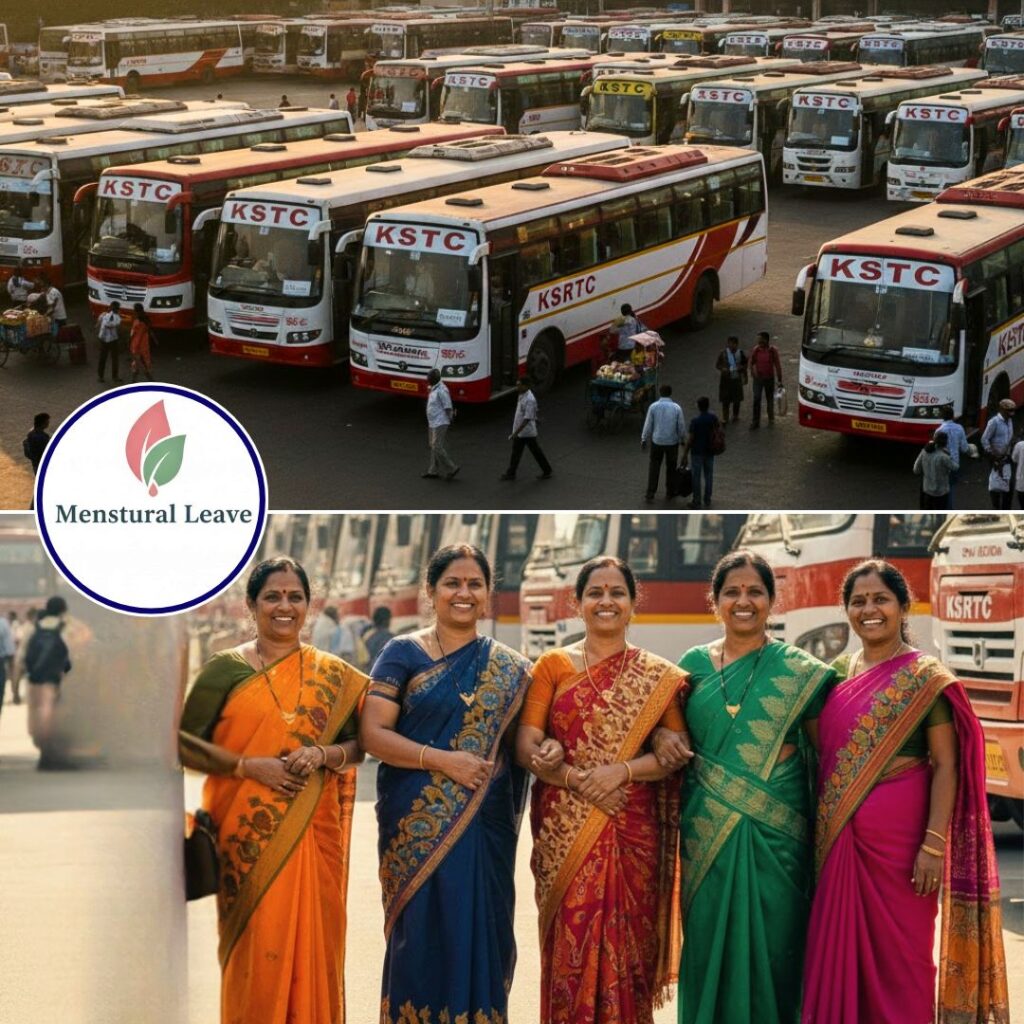India’s aggressive adoption of E20 petrol, a blend containing 20% ethanol, has proceeded at an unprecedented pace in 2025, earning praise for its environmental and economic impact.
Yet, the transition has exposed significant gaps in awareness and readiness, with many motorists expressing worry over vehicle compatibility, higher running costs and lack of clear public communication.
Authorities contend that E20 is safe for compliant vehicles and vital for the country’s green ambitions, but critics argue that most Indian vehicles remain unprepared for such a swift policy shift.
E20 Rollout: Environmental Gains and Societal Impact
With the nationwide rollout of E20 fuel complete as of August 2025, India stands at the forefront of biofuel adoption among developing countries. The government touts several major benefits: a 30% reduction in carbon emissions, an annual foreign exchange saving of approximately ₹43,000 crore due to lowered crude imports, and a substantial income boost of ₹40,000 crore for Indian farmers this year alone.
This achievement stems from leveraging surplus sugarcane and food grains, forming a new source of prosperity for rural households. According to the Ministry of Petroleum and Natural Gas, “E20 marks a transformative step towards both energy security and agrarian empowerment.”
Additionally, agencies such as the Automotive Research Association of India (ARAI) and NITI Aayog confirm the environmental claims, projecting further gains as nationwide compliance increases. But even as the Centre celebrates these achievements, the lived experience of millions of motorists tells a more complex story.
Compatibility Concerns: Owners Left in the Lurch
A recent LocalCircles survey revealed that nearly two-thirds of consumers are dissatisfied with the E20 transition, citing drops in fuel efficiency and uncertainty over engine safety. Only vehicles manufactured after April 2023 are legally E20-compliant; earlier models, especially those predating the BS6 Phase 2 emission norms, face a higher risk of long-term mechanical wear, engine knocking, and failed fuel-system components if E20 is used extensively.
Many car owners have reported real-world mileage drops of up to 20%, while automakers assert that average losses should not exceed 1–2% for most modern vehicles.
Premium fuel buyers, too, find little escape, as most high-octane options now use E20 blends. For older or premium vehicles, only 100-octane petrol remains ethanol-free. While the government encourages motorists to check manufacturer compatibility lists and seek tune-ups or affordable upgrades, complaints persist that official advisories have not reached all segments of society.
Some regions, such as the North East, are also grappling with inconsistent supply as logistics catch up.
The Ministry of Petroleum has responded to concerns over E20 fuel by stating that the fears of engine damage and insurance invalidation are baseless. They emphasized that E20 has no impact on vehicle insurance validity and that any mileage reduction is minimal, typically 1-3% for compatible vehicles. The ministry highlighted the environmental and economic benefits of ethanol blending, including significant reductions in carbon emissions and improved farmer incomes. They also assured that authorized service stations are available to support vehicle owners needing tuning or parts replacement for optimum performance.
Policy Pushback and Lessons from the Road
India’s E20 journey was originally mapped for 2030, but ambitious policymaking advanced both supply and distribution targets by five years, drawing global attention and internal critique. Since 2014, the country claims to have averted 70 million tonnes of carbon emissions and saved billions in forex.
Still, the transition’s rapid pace has left much of India’s vehicle fleet (over 80%) at risk, prompting questions on agricultural sustainability, distribution equity, and insurance coverage for related engine damage.
Automobile industry experts recommend government-backed education campaigns and transition supports, such as subsidised upgrades and mechanic training, especially for lower-income and rural users. The government maintains that, when in doubt, vehicle owners should use E10 fuel or consult service centres for guidance.
The Logical Indian’s Perspective
India’s push for E20 biofuel embodies its commitment to a greener, more equitable future, but must remain rooted in empathy and public trust. Success cannot mean leaving consumers vulnerable or uninformed; dialogue, clear information stewardship, and a “no person left behind” policy approach are essential.
📑Some articles/ reports in the media have raised concerns about the potential negative impact of 20% ethanol blending (E20) in petrol, particularly with regard to older vehicles and customer experience. These concerns, however, are largely unfounded and not supported by…
— Ministry of Petroleum and Natural Gas #MoPNG (@PetroleumMin) August 4, 2025











